Prey and Feeding strategies
Feeding strategies
When small fish such as peanut bunker (small menhaden seen below) or silversides are threatened by predators such as the striped bass, they pack tightly together and form what is termed a “bait ball.” The use of drones has helped show that different fish predators use different strategies attacking the bait ball.

The following video shows some of the major striped bass prey in the northeast.
This drone video was taken by Simon Miner just outside “The Gut” and adjacent to Penzance Point in Woods Hole. Gulls and a boat converge on a large concentration (bait ball) of peanut bunker (small menhaden). The bait ball can be seen as a dark area that keeps changing in conformation as striped bass and false albacore feed on the prey. The sea gulls and terns congregate as the predators drive the menhaden to the surface. Focus on the splashes of the predators breaking through the surface and use the gulls as a guide to the greatest activity.
This video taken by Matt Rissell depicts striped bass feeding on squid, a very popular prey for stripers.
Links: Food from stomach contents
General
Stomach contents
Massachusetts
Chesapeake Bay
- Diet composition of large striped bass (Morone saxatilis) in Chesapeake Bay (tables of fish contents of striped bass in Chesapeake Bay)
- Food Habits of Large Striped Bass in the Lower Chesapeake Bay and its Tributaries March 1997 – May 1998
- Feeding Behavior of Adult Striped Bass, Roccus saxatilis, in Relation to Stages of Sexual Maturity
Hudson River
Virginia and North Carolina

